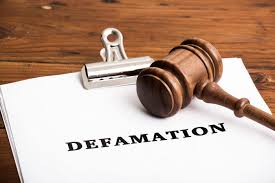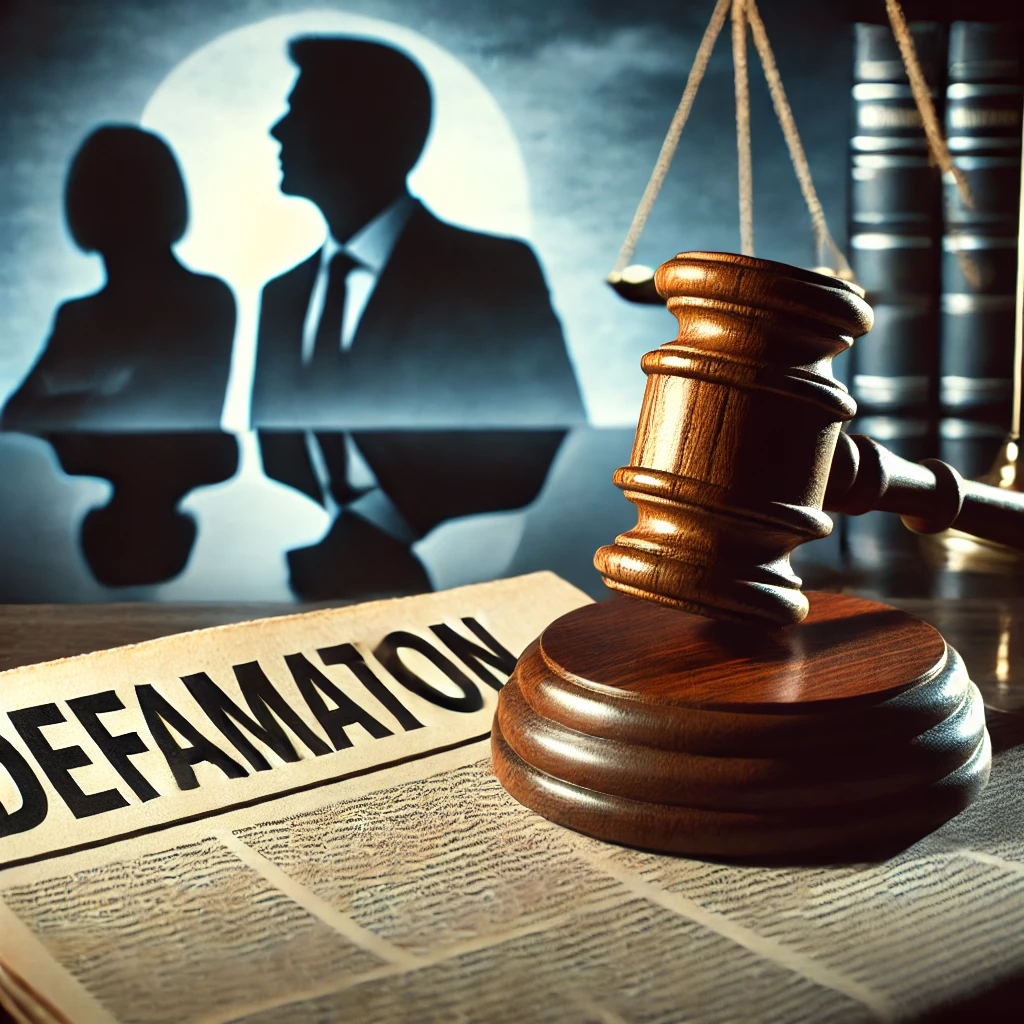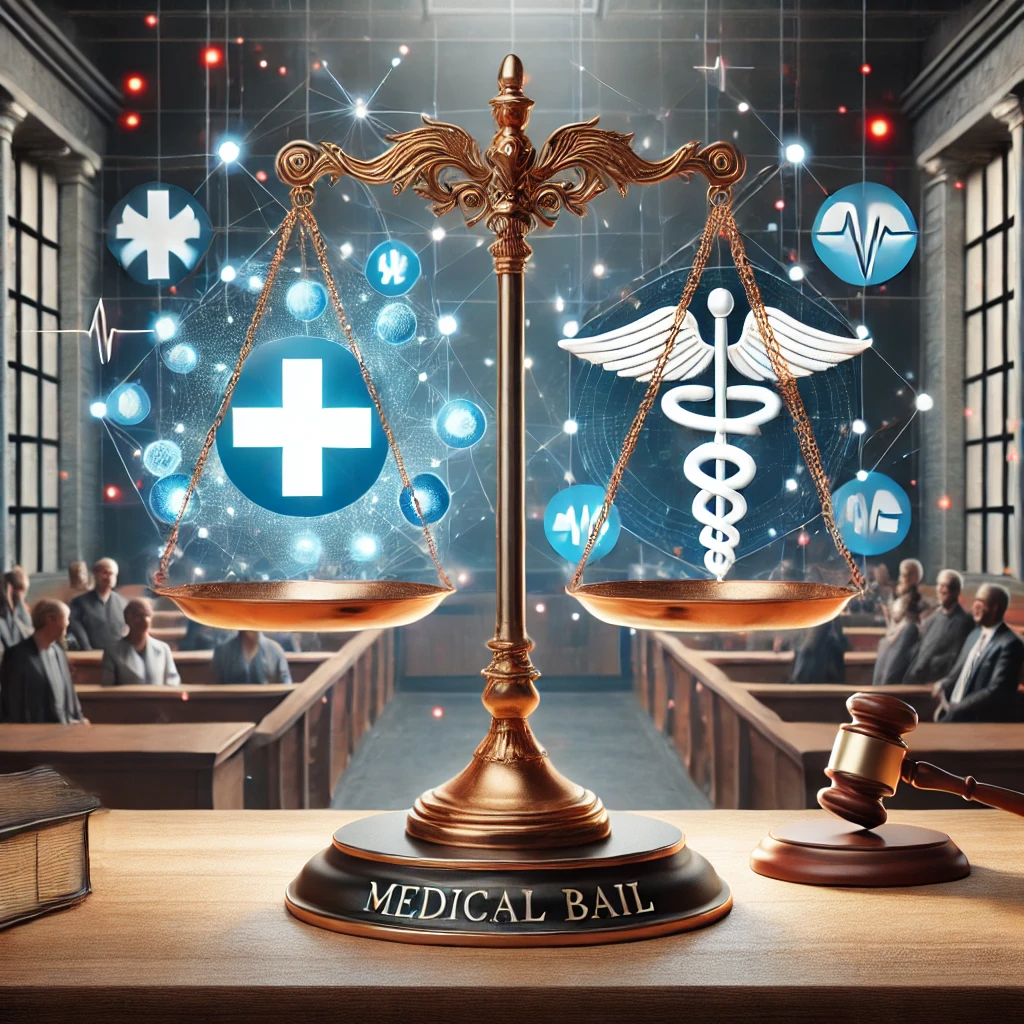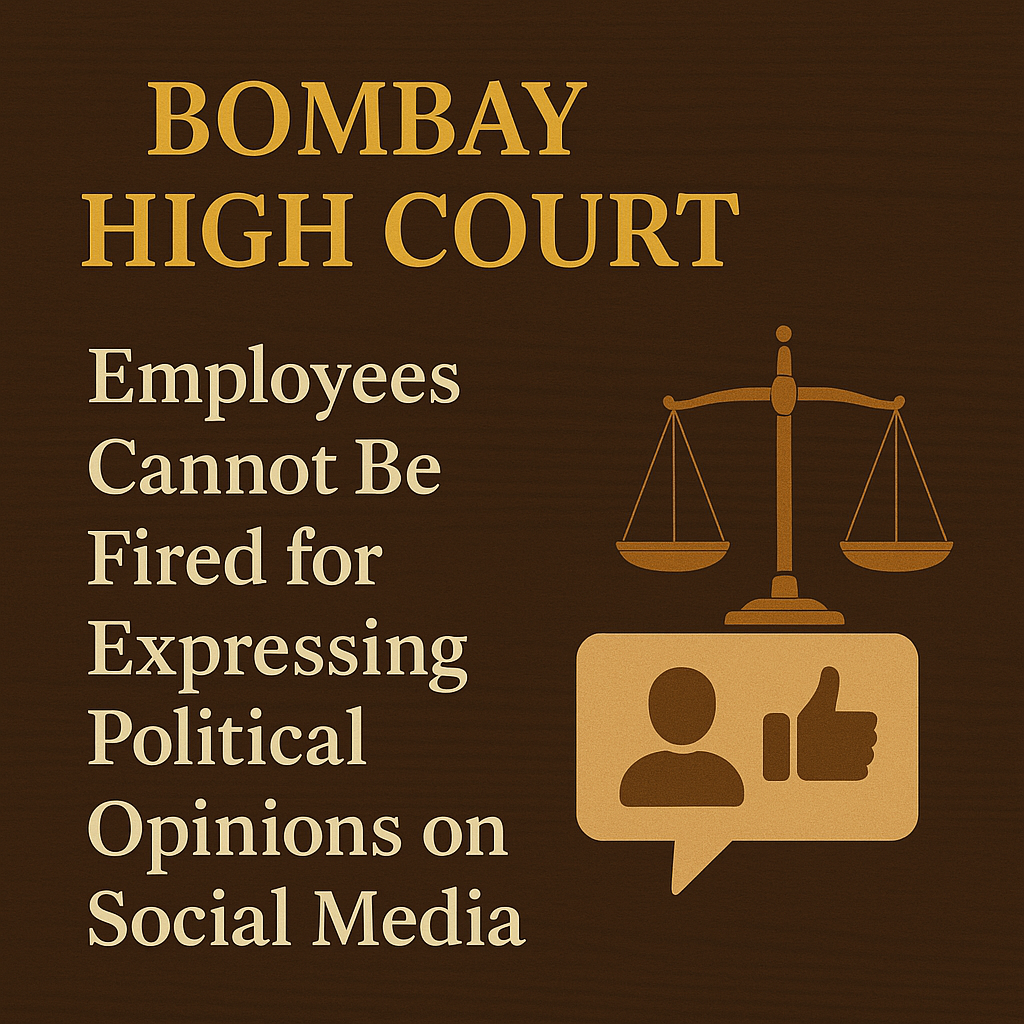Political Law at Tajikistan
Political law in Tajikistan governs the functioning of the state's political system, including the organization of its government, the electoral process, the protection of civil rights, and the interaction between different branches of power. Tajikistan is a presidential republic with a mixed legal system based on civil law traditions, Islamic law, and customary law.
Here is an overview of the key aspects of political law in Tajikistan:
1. Constitution of Tajikistan (1994, amended 2020)
The Constitution of Tajikistan is the highest legal document that defines the principles of the state structure, government powers, rights, and freedoms of citizens, and the organization of state institutions. It is the foundation of political law in the country. The Constitution has undergone amendments, with significant changes introduced in 2020, which further consolidated the powers of the President.
2. Presidential System of Government
President: Tajikistan is a presidential republic, meaning the President is both the head of state and the head of government. The President holds substantial executive authority, including the power to appoint ministers, veto laws, and issue decrees. The President's role is central to the political system, with significant influence over the executive and legislative branches.
Election of the President: The President is elected through direct popular vote for a seven-year term. The 2020 amendments extended the President’s term and removed the presidential age limit, enabling the incumbent President to stay in office for an indefinite period. The President can be re-elected without limits on the number of terms.
Presidential Powers: The President's powers include the appointment of key government officials, the issuance of decrees, the right to dissolve the lower house of parliament, and command over the military.
3. Legislative Branch
Majlisi Oli (Supreme Assembly): Tajikistan has a bicameral legislature composed of two chambers:
Majlisi Namoyandagon (Lower House): The lower house consists of 63 members who are elected for a five-year term. They represent different political parties, but the government has a dominant influence on the legislative process.
Majlisi Milli (Upper House): The upper house consists of 33 members, with some appointed by the President, others elected by local councils, and some representing various sectors of society.
The role of the legislature is largely advisory in nature, and the real political power resides with the President and the executive branch. While the parliament does pass laws, it is often seen as supporting the President’s policies rather than independently challenging them.
4. Judicial Branch
Independence of Judiciary: The Constitution guarantees the independence of the judiciary, but in practice, the judiciary is often seen as lacking autonomy from the executive branch. Judges are appointed by the President, which can raise concerns about impartiality.
Constitutional Court: Tajikistan has a Constitutional Court that is responsible for reviewing the constitutionality of laws and government actions. However, the President's influence over the appointment of judges can undermine the effectiveness of this institution in serving as a check on executive power.
Supreme Court: The Supreme Court is the highest court of general jurisdiction, and it oversees the entire judicial system of Tajikistan.
5. Political Parties and Elections
Political Parties: Tajikistan’s political system is dominated by a single-party or limited multi-party system. While there are several registered political parties, the ruling party, the People’s Democratic Party of Tajikistan (PDPT), has significant control over political life. Opposition parties exist, but they have limited influence and face restrictions.
Elections: The country holds elections for the President, Majlisi Namoyandagon, and local authorities. Presidential elections are held every seven years, while parliamentary elections take place every five years. Electoral processes in Tajikistan have faced criticism from international observers for lacking fairness, transparency, and competitiveness. Opposition parties and independent candidates often encounter obstacles in participating fully in the electoral process.
6. Human Rights and Freedoms
Constitutional Guarantees: The Constitution guarantees fundamental rights and freedoms such as freedom of speech, the right to a fair trial, and the right to peaceful assembly. However, there are concerns about the actual implementation of these rights, particularly regarding freedom of expression, assembly, and association.
Civil Society: While civil society exists, it operates in a highly controlled environment. NGOs and independent media face restrictions, and the government closely monitors political activism. Dissidents and opposition groups often face harassment, imprisonment, or exile.
7. Amendments to the Constitution
The 2020 constitutional amendments are notable for further consolidating power in the hands of the President. Among the changes were the removal of age limits for presidential candidates and the introduction of a provision that recognizes the leader of the nation as the guiding figure for the country's development. The amendments have been criticized for further entrenching the political status quo and limiting democratic reforms.
8. Foreign Relations
Tajikistan’s foreign policy is heavily influenced by its relationships with Russia and neighboring countries such as China, Uzbekistan, and Afghanistan. The country is a member of various international organizations, including the United Nations (UN), the Shanghai Cooperation Organization (SCO), and the Commonwealth of Independent States (CIS). Its foreign relations also have an impact on the country's internal political structure, particularly in relation to security and economic interests.
9. Role of the President’s Family
The political law in Tajikistan also reflects the significant role played by the President’s family. Emomali Rahmon, who has been in power since 1992, has appointed numerous family members to key government positions, and there are concerns about nepotism and the concentration of power within a small group.
Conclusion
Tajikistan’s political system is marked by a strong presidential leadership with significant power concentrated in the hands of the President. While the country has formal democratic structures like elections and a multi-party system, the political environment is often characterized by limited political competition, centralized authority, and a constrained civil society. Amendments to the Constitution have further solidified the political control of the President, raising questions about the prospects for true democratic reforms and political pluralism in the future.






















0 comments